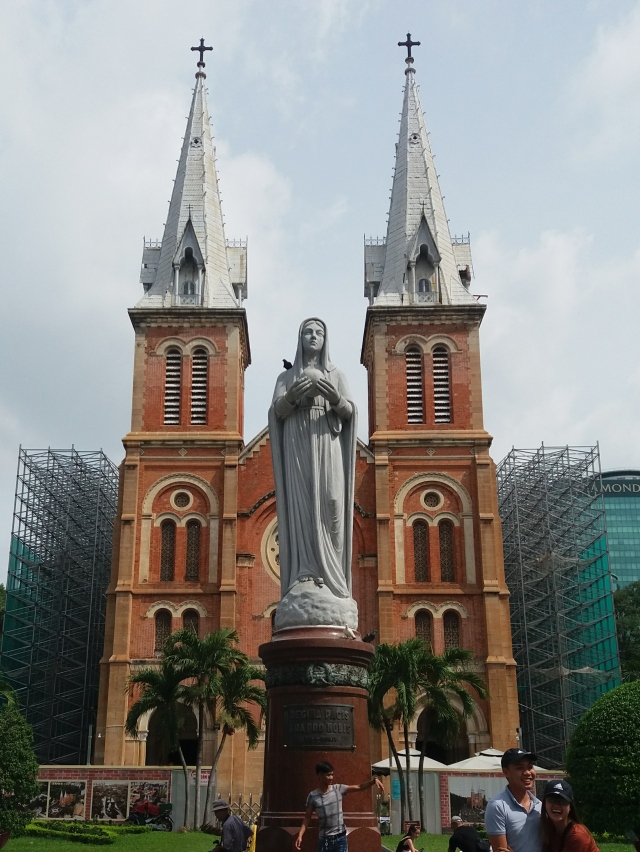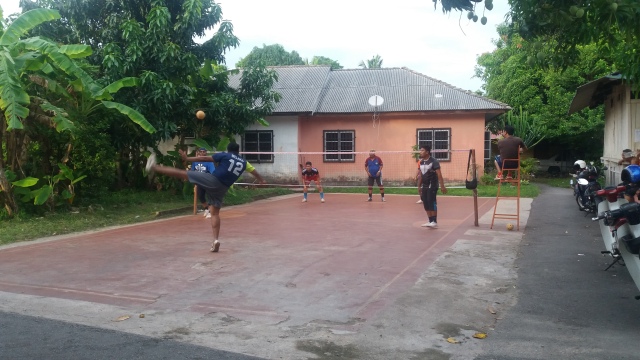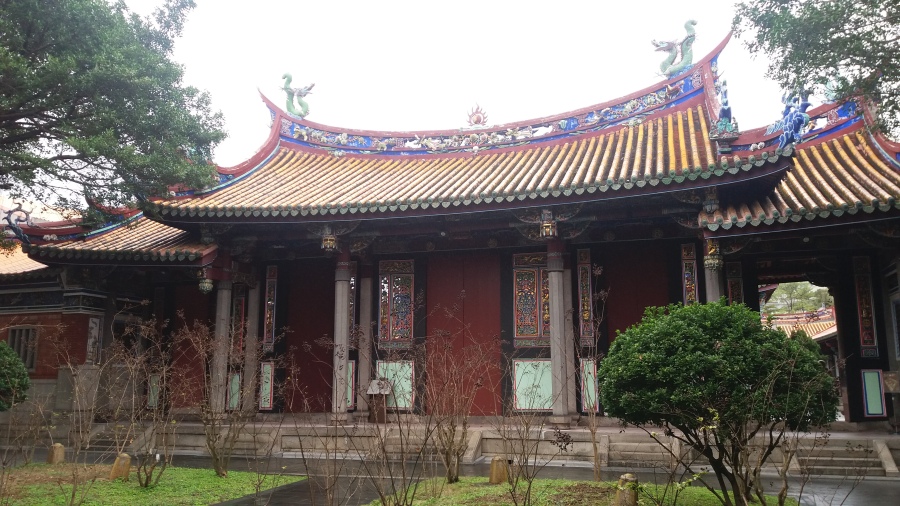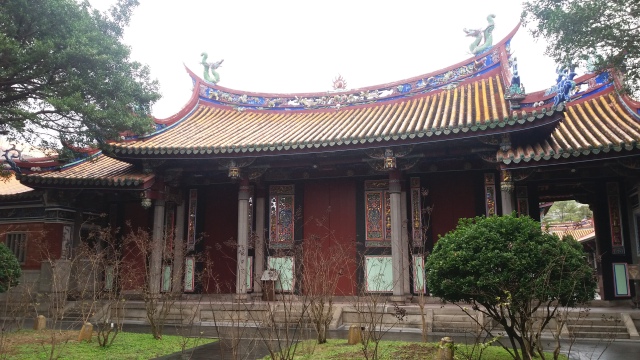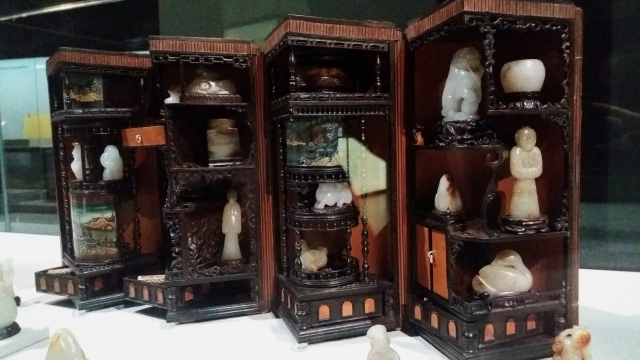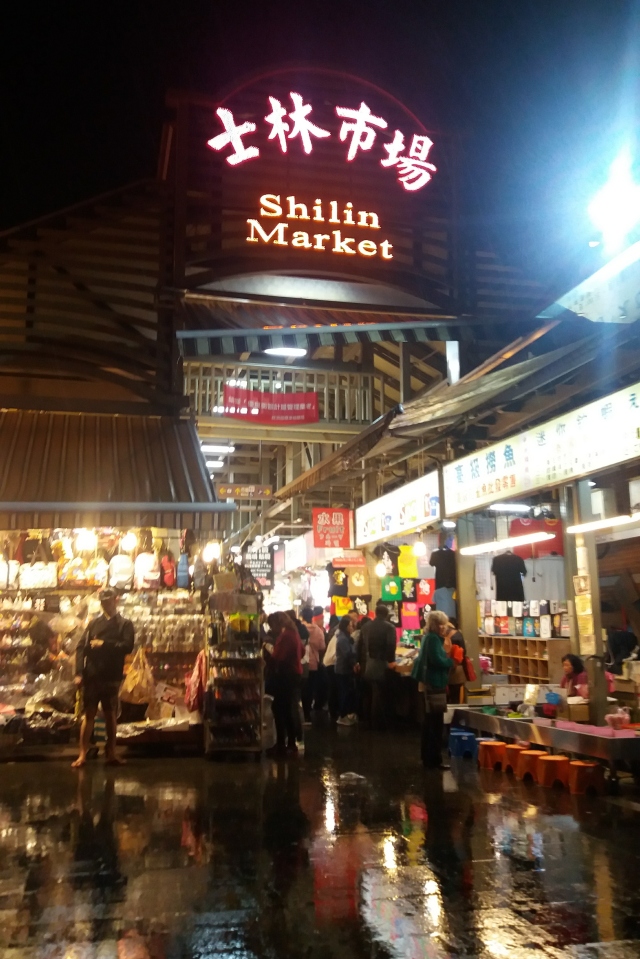Sadly all good things must come to an end and for me my adventures came to an end in St Petersburg. I think it has taken me so long to write up this post due to a weird kind of denial. If I don’t write about the end it can’t have happened. Right? However, it would be unfair to just disappear into the mists without a wave goodbye and a final tale.

Thus we find myself standing on the pavement having just disembarked from what was was the most luxurious commuter train I have ever had the pleasure of riding. Orienting myself, I begin the hike to my final hostel, Polosaty, which really deserves more of a mention than most hostels since it had a different breakfast every morning and did the laundry for free every evening not to mention being wonderfully decorated in bright colours.

My first foray into St Petersburg took me along Nevsky Prospekt to the Church of the Savior on Spilled Blood because with a name like that, how could I not go? The church was built on the spot where Emperor Alexander II was fatally wounded in March 1881 by political nihilists. To me though, it was a beautiful building with delightful domes and complementary colours. Personally I would say it averages on a level with St Basil’s Cathedral in Moscow. I prefered its exterior, but the fantastically colourful mosaics were a little too imposing for me and I prefered the quieter, soothing corridors of St Basil’s.

Continuing to the end of Nevsky Prospekt after sushi and sangria by the canal, I visited yet another the cathedral, this one by the less imposing name of St Isaac’s Cathedral. It’s appearance on the other hand, was far more intimidating with sharp corners and towering columns. The interior, normally open as a museum, was equally grand and to my mind the most stunning pieces were the artfully decorated upper reaches of the walls and ceiling.

After a jaunt through the Alexsandrovskiy Gardens to see the bronze horseman I turned my head home, pausing for a moderately awful coffee at a place called the coffee bookshop (with a name like that I couldn’t give it a miss, even if all the books were in Russian).

The evening saw me pairing up with another hostel guest to go out for drinks. On the advice of the hostel staff we headed to Ulitsa Belinskogo, a road with plenty of watering holes to choose from. We ended up in a cocktail bar that had the most mouthwatering of old fashioneds I have ever had the pleasure to drink. From there we strolled through the streets and parks of St Petersburg, admiring the city by night. It is extraordinary how different a place looks with sodium and neon in the place of sunlight.

Rising in time for porridge, I braved the trolleys to get to the Hermitage at the opposite end of Nevsky Prospekt. This was a lot less intimidating than I thought it was going to be. I just found the person in a hi vis vest and handed over my 40 rubles in absolute silence. On a side note, clearly I have the Russian expressionlessness and dress code down pat as people kept asking me for help in Russian, not figuring me for a tourist. It definitely needs a little more work however, as it would seem my five foot one of pure glower is not powerful enough and I am still “approachable”.
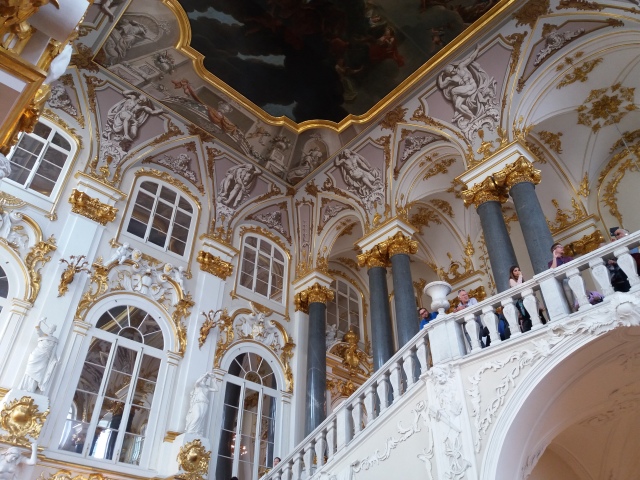
The Hermitage was what I expected it to be, a museum with lots of artwork in it. I had been assured it was different to most museums and that I wouldn’t be bored. This was only half true. Aside from its sheer size it was the same as the vast majority of art museums I have visited. What lessened my boredom fractionally was the fantastic architecture and decor of the museum, which was quite stunning.
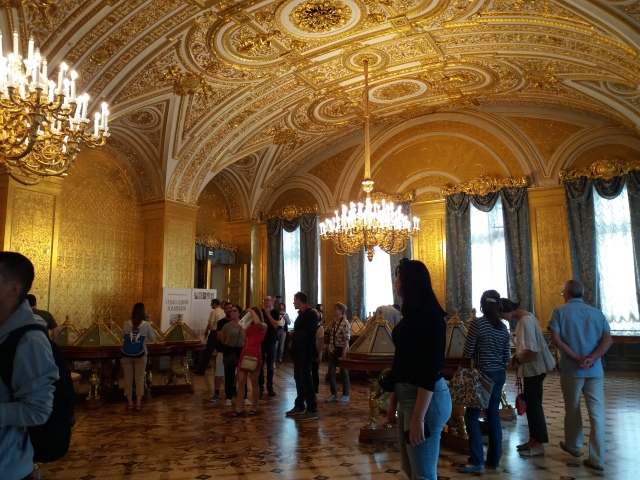
Having rested my feet for a bit at the hostel, I dress up and with much excitement caught an Uber to the Mariinsky Theatre. I have expressed my love of The Ballet before so you can understand there was no way I was going to miss a trip to watch Tchaikovsky’s Swan Lake in Russia. To do so would be heathen. With the Bolshoi in Moscow on it summer break, I had been forced to wait until St Petersburg. Fortunately the wait was most definitely worth it. The performance was impressive, although I was not expecting the less used, more traditional ending in which the prince breaks the spell, enabling him to marry Odette.

The biggest drawback was that I had to share the theatre with other people, many of whom had merely come for the kudos points they would earn. People were continuously chatting, on their phones (including taking photos and videos) and being generally disruptive. This lack of respect for the dancers was horrifying and even more shocking was the vast exodus that occurred even though the curtain call had barely started. The constant grind of absent respect-since I’ve no doubt this was a regular occurance-had definitely taken a toll on the quality of the performance, but honestly who can blame the cast when faced with such a disrespectful rabble every night?

My holiday drew to a close the next day with a trip to the gardens of the Summer Palace, made cheaper by the wonders of a student discount. I wasn’t prepared to spend the extra to see the interior of the palace-there is only so much gold moulding a person can see before they get bored-but the gardens were well worth the visit. The numerous fountains and waterways were captivating and I wandered aimlessly through the gardens, stumbling across them now and again until I found a good spot to perch and alternate between people watching and reading my book until I caught the hydrofoil home.

Thus this adventure of mine has come an end and reality returns once more. From here I have one more year of university and then will have to face the real world, and won’t that be an adventure in itself?




